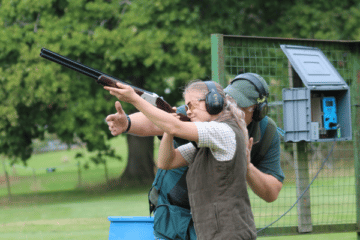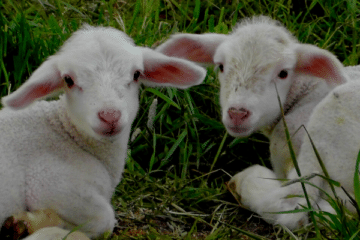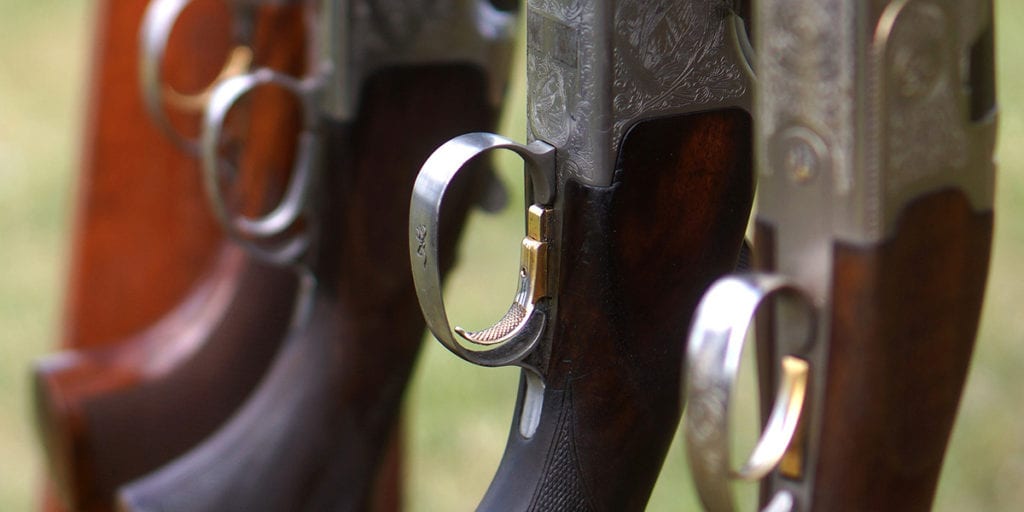
As part of BASC’s commitment to conserving wildlife, protecting the environment and promoting sport shooting, BASC, alongside BGA, CA, CLA,
GWCT, the NGO, MA, SLE and SACS, has begun the transition away from lead and single-use plastics for live quarry shooting. This will be a challenge for the shooting industry and young shots. But it is worthwhile as it establishes that shooting is a modern and responsible sport. To engage with the transition away from lead, shooters, especially young shooters, should know exactly what the change means to them and what they need to do.
In many ways, the transition away from lead can be a big challenge for young shots. How they enter the sport and participate in shooting could be affected. These challenges can be overcome though. And they are a great opportunity for young shooters to become more engaged with the sport.
Lead shot has been the primary form of ammunition for firearms, especially shotguns, for centuries. However, studies now show that the toxicity of lead harms the environment, wildlife, and us. For those reasons, the shooting industry recognised the need to transition to non-lead ammunition. You can read more about this here.
Transition away from lead - steel as an alternative
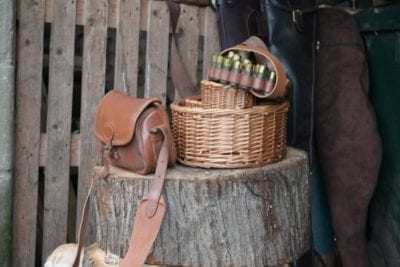 Steel is currently the most widely available and cheapest alternative to lead. For many shooters, it is a perfectly good replacement. The size of shot you buy will have to change but that’s a relatively trivial issue. Importantly, for us student shooters looking to save a buck on birdshot, steel often has a lower and less volatile price than other lead alternatives.
Steel is currently the most widely available and cheapest alternative to lead. For many shooters, it is a perfectly good replacement. The size of shot you buy will have to change but that’s a relatively trivial issue. Importantly, for us student shooters looking to save a buck on birdshot, steel often has a lower and less volatile price than other lead alternatives.
Steel can be quite limiting for young shots though, as it’s not yet widely available in smaller gauges such as 28 bore or .410. For many, these gauges are important for shooting without recoil to throw them off. They often save a bruised cheek and shoulder.
Realistically though, many of us don’t plan to use 28 bore or .410 in the long run. Having more reason to move up to 20 or 12-bore isn’t a bad thing as most serious shooters are going to be using gauges with larger shot patterns. Those of us that are using these smaller gauges will have to put up with spending a little more on alternatives until steel becomes more readily available.
Young Shots – old guns
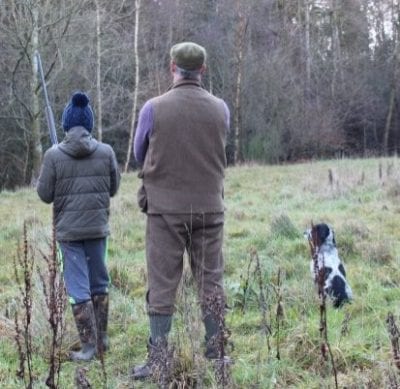 Where and how you can use steel is its own challenge as not all guns can fire all steel. There is lots of advice from BASC on getting the right cartridge for your gun. The basics are this:
Where and how you can use steel is its own challenge as not all guns can fire all steel. There is lots of advice from BASC on getting the right cartridge for your gun. The basics are this:
- Nitro-proofed guns can fire standard steel.
- Guns must be proofed specifically for high performance steel.
- You should avoid firing steel through a barrel with choke tighter than half-choke.
However, some older guns might not be proofed for any steel shot and firing the wrong cartridge could cause damage to your gun such as a barrel bulge.
Not being able to use steel through an older gun can be a challenge during the transition away from lead for a few reasons. For many, shooting is a family sport and guns are handed down through generations. If, like me, you inherited your first gun, you might be the last to do so.
Re-proofing and/or relieving the chokes on an older gun will cost money that young shots might not have. On top of this you might need to have the chamber lengths adjusted if they are less than 3”. That said, 21/2-inch sustainable ammunition options for 12-bore shotguns are now available. Some guns might not be able to be reproofed or relieved. Even guns made in this century aren’t always proofed for high-performance steel.
So, young shots looking to pick up a second-hand gun at a lower price will have to keep the transition away from lead in mind and consider how much money they are willing to spend to make a gun steel ready. Make sure to take extra care to look at the proof marks, chamber lengths and chokes before buying!
It will also be important to make sure you know what cartridge to buy for your gun. Knowing your gun’s capabilities is important for all shooters. Having another incentive to get more familiar with your firearms is really a blessing in disguise.
Alternative metals to try during the transition away from lead
The transition away from lead shot doesn’t have to be the end of the line for older guns though. Many cartridges are available with alternative metal loads. Bismuth is perhaps the best known at the moment – it is a non-lead alternative with similar qualities. Any young wildfowlers might be familiar with these cartridges that have been used for shooting over wetlands since lead was banned over water in 1999. Other alternatives include tungsten matrix and Hevi-shot and it’s important for guns to read up on which of these alternatives best suit their gun. There are also more reasonably priced alternatives coming on the market in the near future.
In recent years, and because of the announced transition away from lead, these alternatives have seen improvements in performance compared to lead ranging from on par to superior, serving as a great alternative to lead and steel. The challenge again, though, is price as these alternative metals will cost more. The prices will of course come down as demand for these loads increases. In the short term, though, it’s likely that this will serve to push young shots to steel. At the same time, those with a special attachment to an older gun won’t have to break the bank to get a box of bismuth or tungsten matrix for the odd special occasion.
Know the sport and do your research
There is a challenge then for young shots not to let the transition away from lead become a barrier to entry. This doesn’t have to be the end of inheriting guns, but young shots will have to be willing to put in the research that the sport deserves. Whether this is finding a new gun to shoot steel or figuring out which alternative load works best for you, the transition away from lead and single-use plastics shows us yet again that learning and good practice are the key to good shooting.
